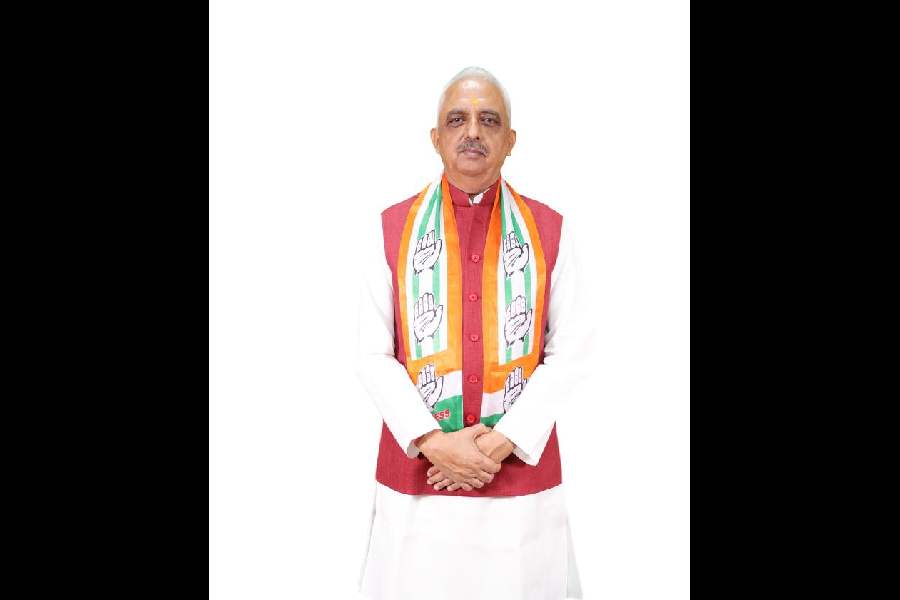Chirping, cooing, twittering — the winged guests are returning to their native places along with their newborns. Many have already gone back while others are preparing to fly across vast expanses of land and sea to various parts of Asia, Africa and Europe.
The migratory birds that had come to India with the onset of monsoon were going back with the retreat of it. They were here to breed safely amid plentiful food that the rainy season offers them in the form of insects, fish, amphibians, reptiles and crustaceans.
Although people across the country know a fair bit about migratory birds that arrive in winter, very few have any inkling about those who arrive here during the monsoon. Very little study has been done on them to understand their activities, behaviour, migration path and pattern.
“At first glance, we can say that the number of species of migratory birds that come to India during monsoon is lesser than the number of species that arrive here in winter. However, they are more colourful and spread themselves across the country,” Bombay Natural History Society (BNHS) and Indian Bird Conservation Network (IBCN) member Navin Kumar told The Telegraph.
Kumar, who is based in Patna, recently went for a bird-watching trip to Tamhini Ghat near Pune in Maharashtra.
He pointed out the birds migrate across the globe through nine ‘flyways’ or routes and the birds that come to India use three — the Central Asian Flyway, the East Africa-Arab Flyway, and the Southeast Asia-Australia Flyway — to come to India.
Avian migration across the globe is a miracle in itself and the scientists attribute it to a mix of birds’ ability to navigate with the help of earth’s magnetic fields, location of stars, ability to recognise geographical features, read the airstreams, and understand temperature differentials.
“The pied-crested cuckoo or Jacobin cuckoo (Clamator jacobinus) is the most famous of the birds who come to our country during monsoon. It flies from Africa. It is known as the chataka bird in India.
“It has found a place in famous literary compositions and is also considered the
harbinger of monsoon. It spreads to almost all parts of the country to breed during the monsoon season,” Kumar added.
The black baza from Southeast Asia and the Eastern Himalayas, the blue-cheeked bee-eater from Africa, the blue-tailed bee-eater from Southeast Asia, the comb duck from Madagascar, the Eurasian golden oriole from western and central Europe, the black-crowned night heron from Eastern Europe, rosy starling from Central Asia are some of the famous monsoonal migratory birds that arrive in India. Several varieties of peregrines, cuckoos and bitterns also come here.
There are some rare native birds such as the Oriental dwarf kingfisher that are sighted only during the rainy season.
Mumbai-based BNHS joint director and bird expert Nita Shah told The Telegraph that the migratory birds enter India from different directions during the monsoon for their requirements, but nesting and breeding is the primary reason.
“Very little study has been done so far on the birds that visit during the rainy season. In fact, we did not know that the Jacobin cuckoo or chataka was a migratory bird from Africa until the Wildlife Institute of India (WII) tagged a transmitter to it,” Shah added.
Lamenting the lack of funding and research, Shah said that it led to a situation where we do not have much detail about the birds that come here during monsoon.
“We need more funds and research on birds. The central government calls for ‘objective-driven research’, but research is research, it cannot be objective-driven, especially in the case of birds. But it will definitely enhance our knowledge about them,” Shah said.










